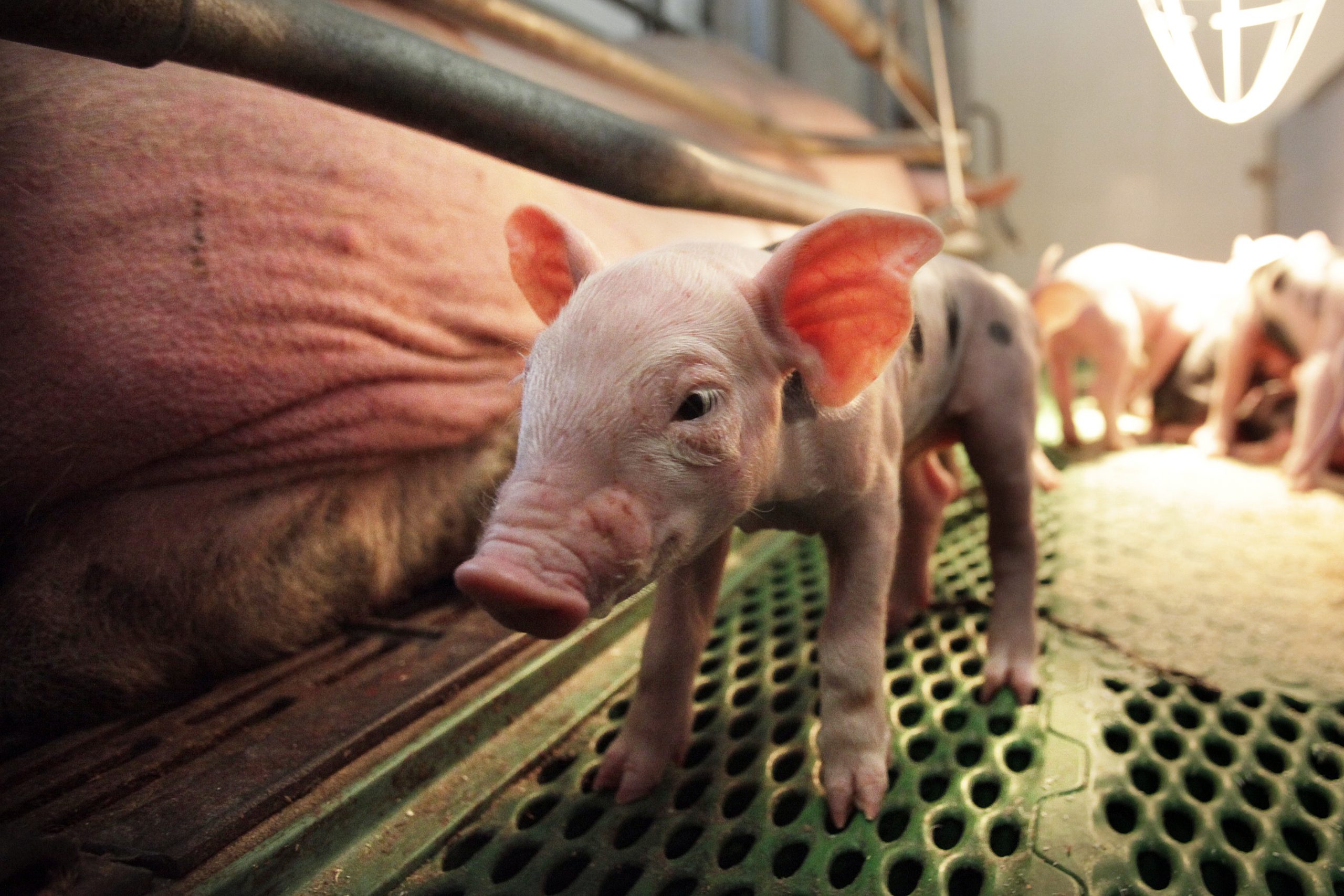How to influence higher feed intake in small piglets

Size, flavour, ingredient composition and nutrient profile, smell, texture and colour. They all have an effect on feed intake of small piglets. Researchers from Wageningen University in the Netherlands looked at the effects on feed intake and feeding behaviour in more detail.
A new paper, published in the Journal Applied Animal Behaviour Science, describes a trial that tested the feeding behaviour of suckling piglets when different diets were supplied to them. The hypothesis was that presentation of the feed in a more diverse form, by varying multiple sensory properties of the feed, stimulates pre-weaning feed intake. Stimulating solid feed intake in suckling piglets is important to facilitate the weaning transition, exemplified by the positive correlation between pre- and post-weaning feed intake.
2 different diets tested
Piglets received ad libitum feed from 2 days of age in 2 feeders per pen (choice feeding set-up). Feed A is an experimental diet from the Animal Nutrition Group, Wageningen University & Research, Wageningen, the Netherlands. Extruder settings intendedly varied during production, resulting in differences in pellet texture, length (8–22 mm) and hardness (7.3–17.7 kg) to create diversity within feed A. Feed B is a commercial diet, Baby Big XL, from Coppens Diervoeding in the Netherlands). Feed B was a 14-mm diameter pellet, with a length of 10–20 mm and a hardness of 6.8 kg.
- Group 1 (dietary diversity (DD), n = 10 litters) were given feed A and feed B which differed in production method, size, flavour, ingredient composition and nutrient profile, smell, texture and colour.
- Group 2 (flavour novelty (FN), n = 9 litters) received feed A only in both bowls from 2 days of age. From day 6 of age flavours (i.e. substances to influence the sensory perception of the feed as related to its taste and smell) were added to feed A in one bowl in a daily sequential order.
More diversity, higher feed intake
Feeding behaviour was studied by weighing feed remains and by live observations. Observations were also used to discriminate ‘eaters’ from ‘non-eaters’. In addition, eaters were grouped into different eater classes (i.e. good, moderate and bad). Provision of feed A and B increased pre-weaning feed intake by 50% compared to provision of feed A only (with and without additional flavours). Piglets receiving feed A and B had no overall preference in terms of feed intake for either feed A or B, indicating pre-weaning feed intake increased by an enhanced intake of both feeds. These results support the researchers’ hypothesis that the more diverse the feeds provided in terms of sensory properties (e.g. ingredient composition, texture), the greater the intake will be. The reason for this is expected to be sensory-specific satiety and/or piglets’ intrinsic motivation to explore. Alternatively, differences in nutrient profiles between the 2 treatments may have exerted physiological effects that may have influenced feed ingestion. Future research will investigate the effect of dietary diversity on the (feeding) behaviour and performance of suckling piglets versus a control group (no-variety condition) and will study the adaptive capacity of these piglets in novelty tests and during the post-weaning period.











